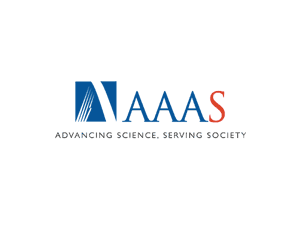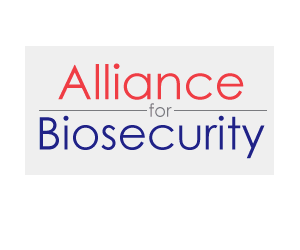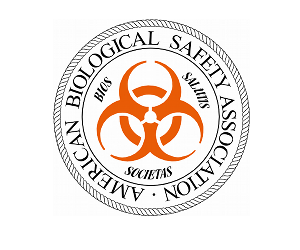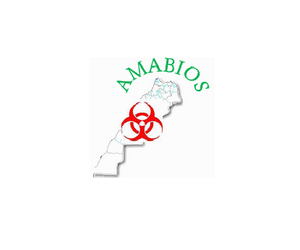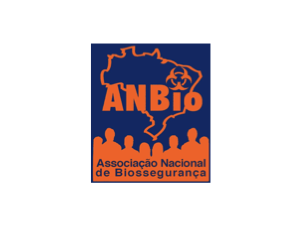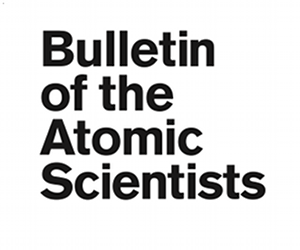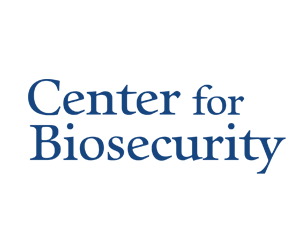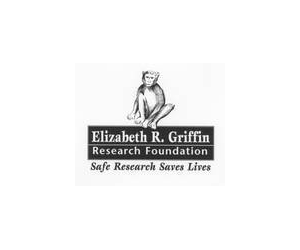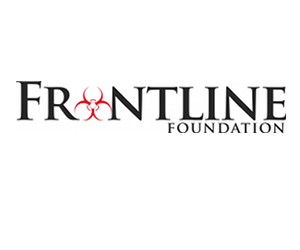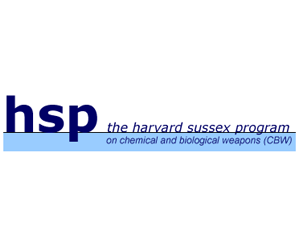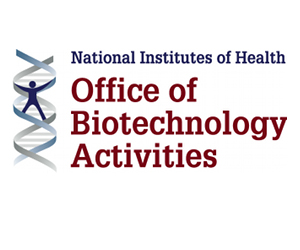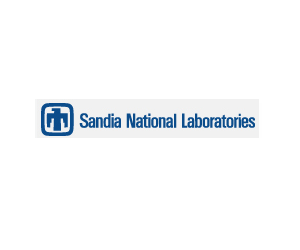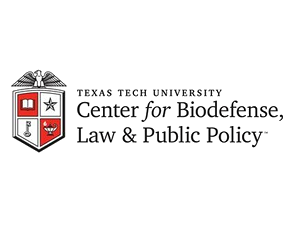Browse By Region

Browse By Category
Recent News
By Category: Research
Link between dengue fever and climate change in the US
(DigitalJournal.com) US scientists have made a prediction about the future spread of dengue fever in the US, in relation to the changing climate. Researchers based at the Texas Tech University have examined the spread of dengue fever in the US and have assessed the impact of the spread of the mosquito carried disease in relation Read More »
- July 10, 2012
- | Filed under North America, Public Health, and Research
Study finds ‘mad cow disease’ in cattle can spread widely in ANS before detectable in CNS
(EurekAlert!) Philadelphia, PA – Bovine spongiform encephalopathy (BSE, or “mad cow disease”) is a fatal disease in cattle that causes portions of the brain to turn sponge-like. This transmissible disease is caused by the propagation of a misfolded form of protein known as a prion, rather than by a bacterium or virus. The average time Read More »
- July 10, 2012
- | Filed under North America and Research
Cattle or People?
(Huffington Post) The National Research Council has issued a report identifying “a number of deficiencies” in an “updated risk assessment” done by the federal government for the National Bio and Agro Defense Facility (NBAF) it wants to build in Kansas to replace the Plum Island Animal Disease Center just off Long Island, New York. U.S. Read More »
- July 9, 2012
- | Filed under North America, Policy & Initiatives, and Research
Keeping the flu away
(EurekAlert!) San Diego State University researchers at the Donald P. Shiley BioScience Center may have found the secret to helping the immune system fight off the flu before it gets you sick. A new study published today in the Public Library of Science journal PLoS ONE, finds that EP67, a powerful synthetic protein, is able Read More »
- July 9, 2012
- | Filed under North America, Countermeasures, and Research
NIH: Biosafety Lab Risks Negligible – BU Today
BU TodayNIH: Biosafety Lab Risks NegligibleBU TodayBiosafety levels are assigned based on primary risk criteria, including infectivity, severity of disease, availability of treatments or vaccines, and the nature of the work being conducted. Each level of containment describes appropriate laboratory …
- July 9, 2012
- | Filed under Research
